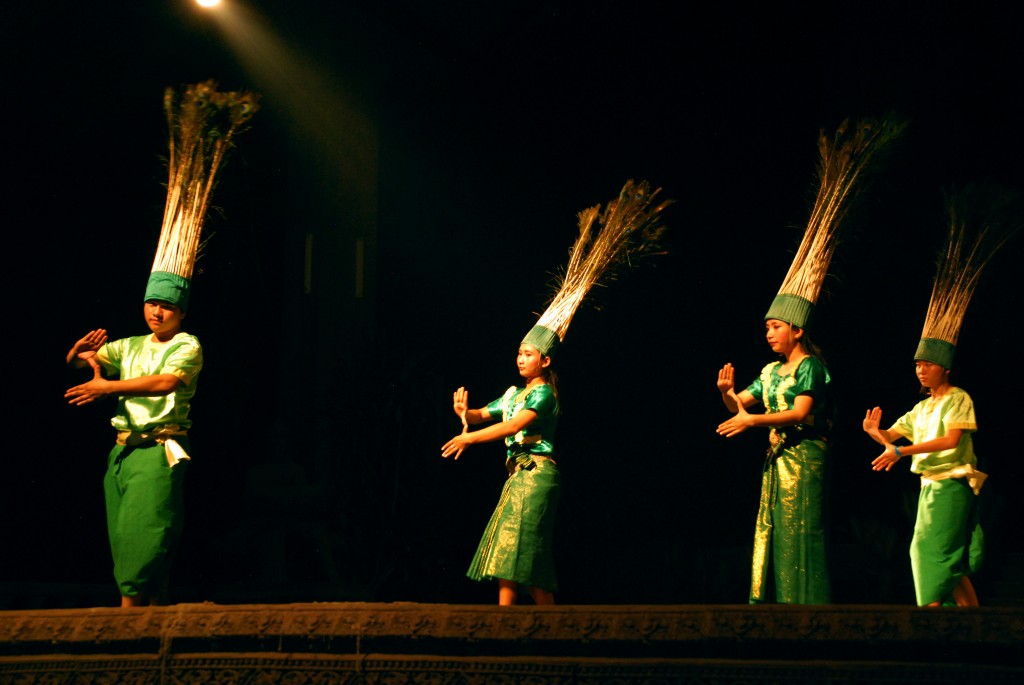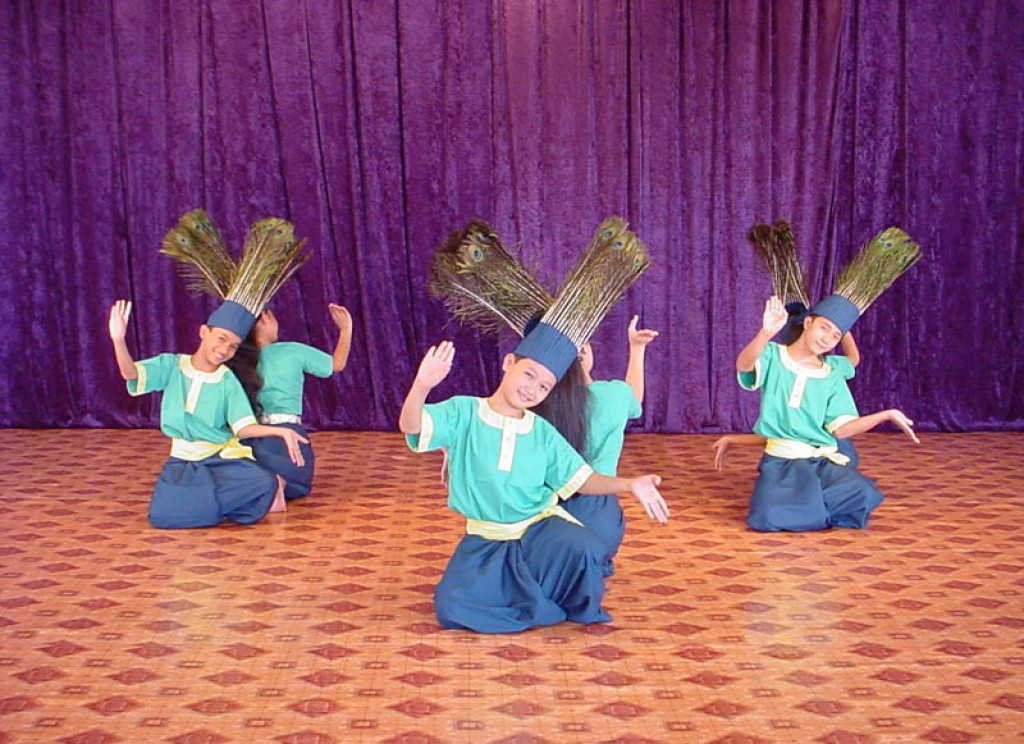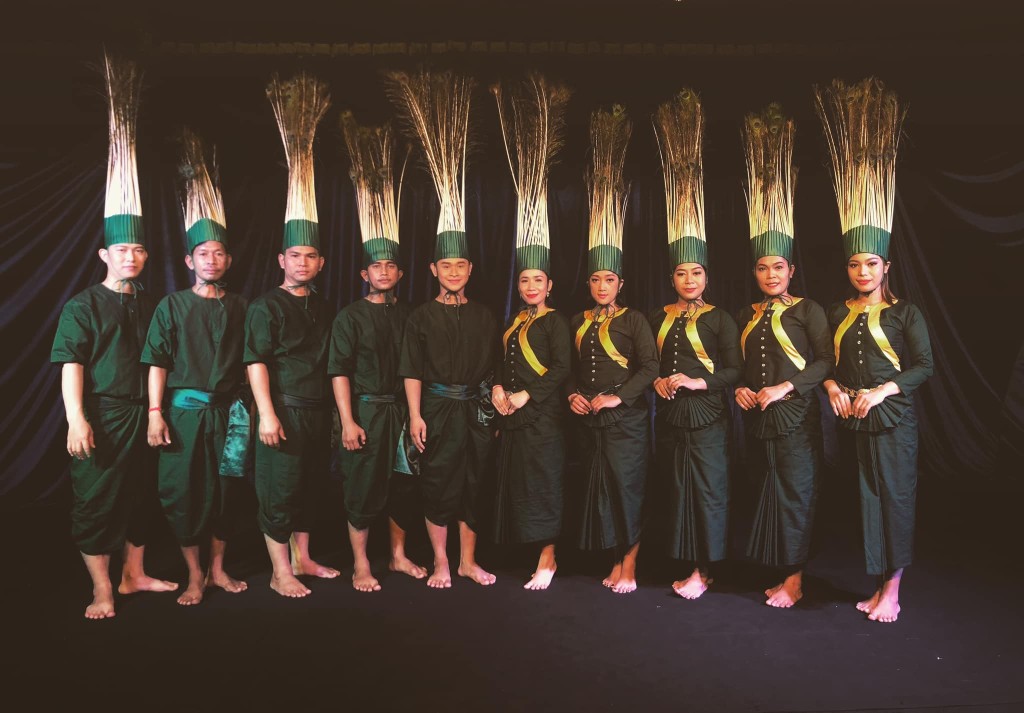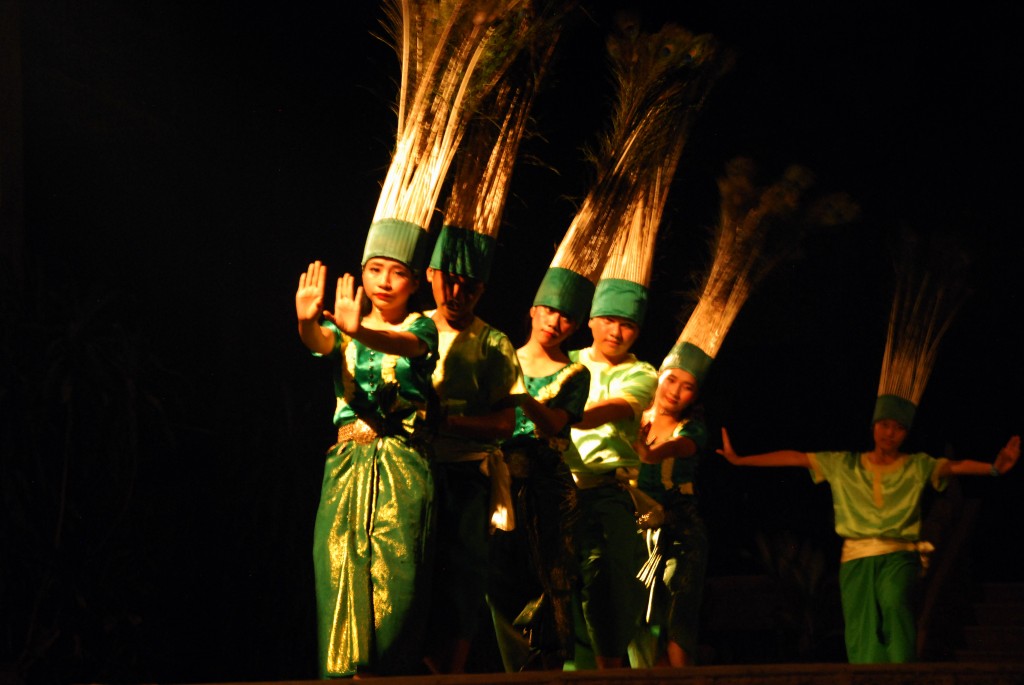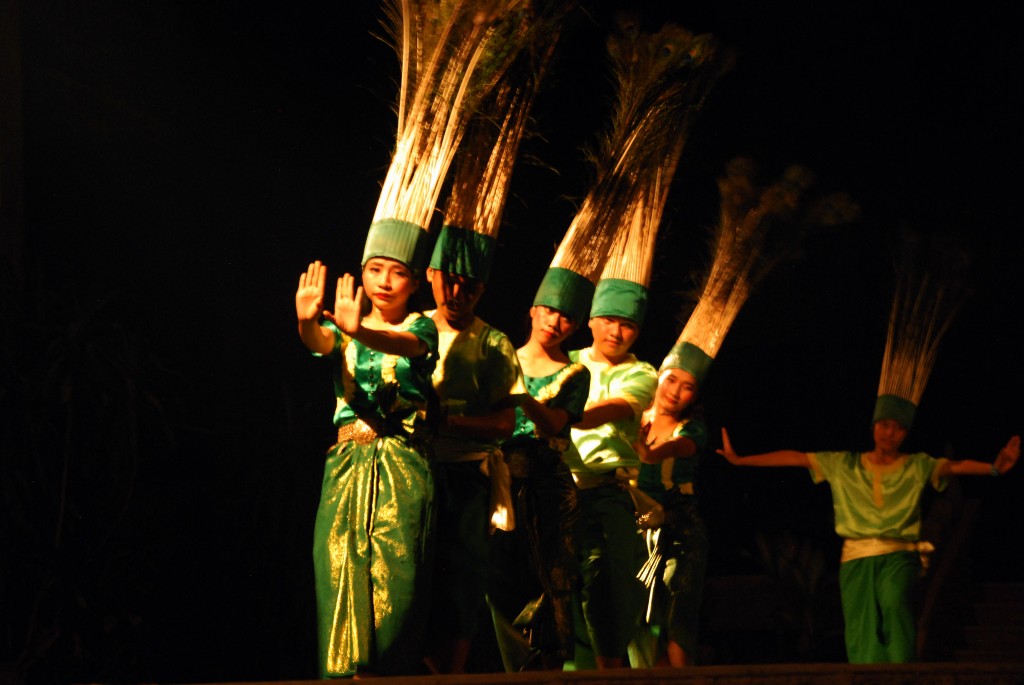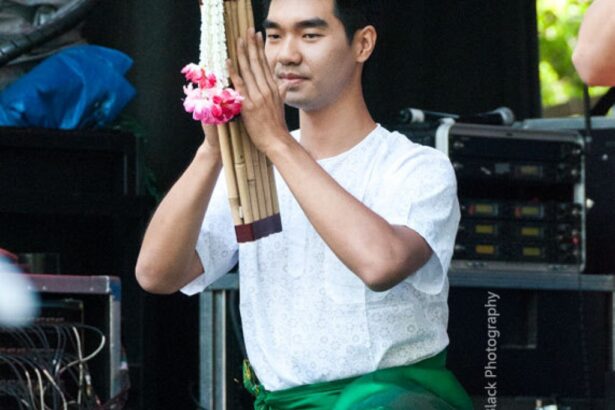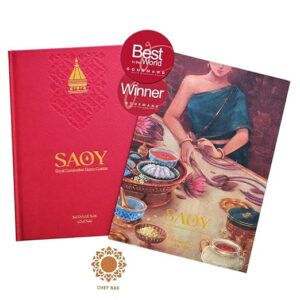Folk dances are performed at religious ceremonies, festivities, and leisurely entertainment. Traditionally, all dances were performed in the village in large clearings or public areas at times of birth, marriage, death, during planting and harvesting, hunting, war, or at a feast. There are many dances related to Buddhist beliefs, one of them is Robam Kgnork Pouthisat.
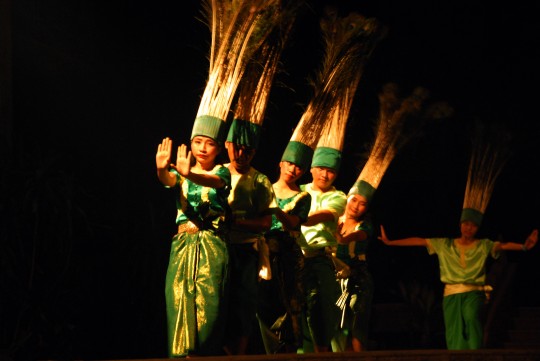
Traditional Folk Dance refers to all kinds of dances passed on from one generation to another and is often linked to an ethnic group’s traditional ceremonies.
In Cambodia, traditional dances mostly involve animism and express beliefs in the supernatural. When people have problems that have been caused by the supernatural or spirits, they offer lively dances to appease them.
Folk dances are performed at religious ceremonies, festivities, and leisurely entertainment. Traditionally, all dances were performed in the village in large clearings or public areas at birth, marriage, death, during planting and harvesting, hunting, war, or at a feast.
Some dances are related to Buddhist beliefs, such as Robam Kngork Pouthisat, Kgnork Pailin, and Trot dances. Others are performed once a year according to various spiritual and ceremonial calendars.
Overview of Robam Kngork Pouthisat (Pursat Peacock Dance)
Kngork Pursat dance originates from “Por” ethnic groups who live in the mountainous, forested Kravagn district, Pursat Province.
These people have a tradition similar to Khmer and follow Buddhism. During festivals and sacrifices, the Tonsong dance and the Pursat peacock dance are never overlooked by the Por people.
Pursat Peacock Dance is a traditional dance of the “Por” ethnic group in Pursat province. This dance is performed to celebrate the time of harvesting and picking cardamom, praying for the loss of cattle, or getting lost on the path.
Moreover, it would be best if you danced this peacock dance to the forest elders or the landlords there to help them. They also perform the ritual of asking for happiness or paying homage while going out to pick cardamom or find stones.
Choreographed by Prof. Chheng Phon and Prof. Pol Som Oeun, the dance is performed as an offering to the spirits to pray for the community’s happiness and prosperity. The dancers performed with a distinctive Headgear of tall Peacock tails and originally featured a dancer who played a hunter role.
Considering that Pursat Peacock Dance is gratifying, the delegates edited a compilation of some indigenous dances to becoming traditional national dances that were conducted with the right standard. More than that, they also have brought them to perform in national art programs.
Costumes and Materials Used For Performance
The main musical instruments for the Robam Kngork Pouthisat are two drums, one flute, and one kanhen. For costumes, men wear krama around the waist, while women wear krama over their necks.
When Mr. Mao Sophoan reorganized the performing arts group, he decorated the tails with long peacock tails, tied them with a string, and secured them behind the dancer’s head.
On top of that, to make the appearance look like a peacock, he also makes a short-sleeved green or leaf-colored shirt and a yellow rubber band.
For men, they wear SImloy Chong Kben (សំឡុយចងក្បិន), while women wear long Sampot Somloy, a long skirt that is worn below the knees. Next, the dancers danced slowly to the beat, and normally we see that they dance in either small or large groups.
The Belief in Peacock
Peacocks are rare and beautiful birds. This animal represents good characters and is associated with Khmer arts, beliefs, religions, and culture.
The Khmer people often brought peacocks to show in Khmer art and carvings on the walls of Angkor Wat, which indicate that the peacock was a vehicle and a Khmer air force in ancient times.
According to the carvings on the temple walls, the peacock army parade was the front line soldier in the ancient army after the elephant and horse army parade.
Cambodians have created the art of peacock dance, which includes Pailin peacock dance and Pursat peacock, which are popular among the masses and tourists.
In addition, the indigenous “Suoy” people who live in the mountainous areas of Kampong Speu province have developed a traditional dance and have preserved it to this day. In “Ploy Suoy Dance”, they took the peacock character as an important role with other wildlife.
Even in the iconic Angkor Wat temples’ inscriptions, they carved peacocks onto the walls, which illustrated the fanciful stories of people flying peacocks into battles. It is said that soldiers rode 10 peacocks and joined in battles with the enemies. Besides the presence of leaders on elephants or horses in the ancient military service, the peacock’s army force has also displayed bravery.
Historically, it is possible that peacocks served as a military symbol in historical military parades. Peacocks have never been more intimately connected with military strength by any other country in history.
Therefore, there is no doubt that you can see plenty of peacock imagery in Khmer culture and literature.
How is Pailin Peacock Dance Different From Pursat Peacock Dance?
The Pailin Peacock Dance tells the story of the “Kola”’s everyday relations with other residents at Bo-Pai Lin.
According to research documents of the Research Department in the Ministry of Culture and Fine Arts during the 1960s, the origin of the first Pailin Peacock dance was to prepare only one male peacock to perform, following the dream of the king’s daughter at that time.
This performance is for “Kola” people displaced during the New Year and the Devil’s prayer ceremony…etc. On the other hand, the performance reveals their unique natural beauty and customs.
This dance also focuses on the “Kola” way of life, which is important as they work in a gem mine to support a family. The goal of our predecessors was to inspire in the next generation an appreciation for the natural world, a respect for wildlife, and a commitment to their preservation for all time.
But after conducting the research, the department has prepared two peacocks (one female and one male) and one hunter. The dance describes the beauty and excellent geography of the rich land of Pailin. And the performance also relies heavily on gestures and posture to perform as if the peacocks were in real life.
In Conclusion
Traditional Folk Dance Refers to all kinds of dances that are passed on from one generation to another and that are often linked to an ethnic group’s traditional’ ceremonies. Khmer folk dances are highly spirited dances that follow popular themes with lively movements and gestures.
Moreover, dance motifs are usually based on local legends and the everyday life of the people. And, dancers dance with easy, improvised, yet composed movements that invite humor and enthusiasm, with upbeat music and rhythm.
After going through our article, I believe you will absorb more information regarding Pursat peacock dance, and the belief in peacocks, and also get a better understanding of how Pailin peacock dance is different from Robam Kngork Pouthisat.

